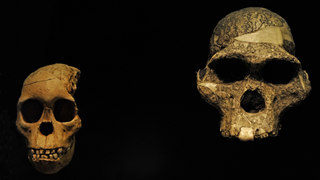
Kristina Killgrove
Kristina Killgrove is a staff writer at Live Science with a focus on archaeology and paleoanthropology news. Her articles have also appeared in venues such as Forbes, Smithsonian, and Mental Floss. Kristina holds a Ph.D. in biological anthropology and an M.A. in classical archaeology from the University of North Carolina, as well as a B.A. in Latin from the University of Virginia, and she was formerly a university professor and researcher. She has received awards from the Society for American Archaeology and the American Anthropological Association for her science writing.
Latest articles by Kristina Killgrove
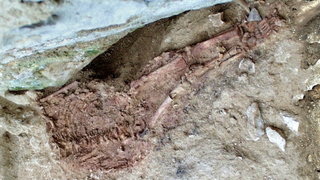
28,000-year-old Neanderthal-and-human 'Lapedo child' lived tens of thousands of years after our closest relatives went extinct
By Kristina Killgrove published
Researchers used a novel method of radiocarbon dating to figure out the age of the Lapedo child, who had both Neanderthal and human traits.
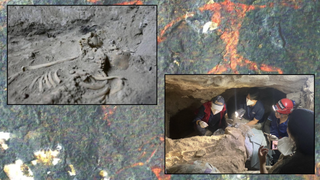
29,000-year-old remains of child unearthed in Thailand cave with 'symbols of blood and power'
By Kristina Killgrove published
The skeleton of a Stone Age child discovered in Thailand is rewriting what experts know about the prehistory of the area.
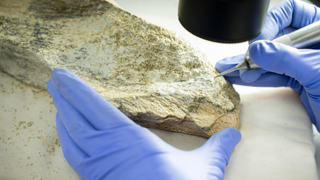
1.5 million-year-old bone tools crafted by human ancestors in Tanzania are oldest of their kind
By Kristina Killgrove published
The discovery of 1.5 million-year-old bone tools upends what we know about tool manufacturing in East Africa.
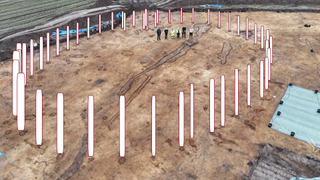
'Extraordinary' timber circle discovered in Denmark is roughly the same age as Stonehenge
By Kristina Killgrove published
Archaeologists in Denmark have discovered the remains of a large timber circle that may be contemporaneous with England's Woodhenge and Stonehenge.
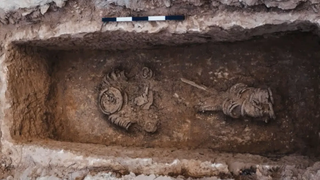
1,500-year-old skeleton found in chains in Jerusalem was a female 'extreme ascetic'
By Kristina Killgrove published
Archaeologists were surprised that the skeleton of a person wrapped in heavy chains was female.

Yup'ik masks: Carvings depicting distorted spirits' faces dreamed up by shamans in Alaska
By Kristina Killgrove published
These masks, known for their distortion and asymmetry, are one of the oldest kinds of art in southwest Alaska.
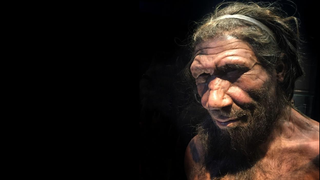
Neanderthal 'population bottleneck' around 110,000 years ago may have contributed to their extinction
By Kristina Killgrove published
A study of the inner ear bones of Neanderthals shows a significant loss of diversity in their shape around 110,000 years ago, suggesting a genetic bottleneck that contributed to Neanderthals' decline.
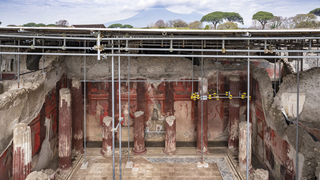
Rare fresco discovered in Pompeii shows type of woman who 'breaks free from male order to dance freely, go hunting and eat raw meat in the mountains'
By Kristina Killgrove published
Archaeologists have brought to light an enormous fresco depicting a secretive cult practice in Pompeii.

Ancient DNA reveals mysterious origins of the Huns who sacked Rome
By Kristina Killgrove published
The origin of the Huns in fourth-century Europe has long been debated, but centuries-old DNA has revealed their diverse backgrounds.

Croesus stater: The 2,500-year-old coin that introduced the gold standard
By Kristina Killgrove published
These 2,500-year-old coins are the origin of our monetary system.
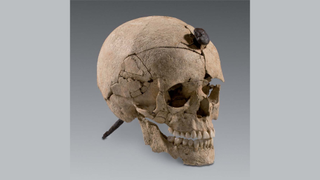
'Nailed-head ritual' in Iron Age Spain was more 'complex than initially thought,' severed skulls reveal
By Kristina Killgrove published
An analysis of the origins of seven severed skulls with nails through them shows that some people treated this way in Iron Age Spain were local while others came from afar.
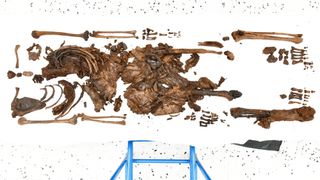
Decapitated woman found in Irish bog is 2,000-year-old ritual sacrifice
By Kristina Killgrove published
A bog body discovered in Northern Ireland is actually a young woman, not a teenage boy as previously thought.
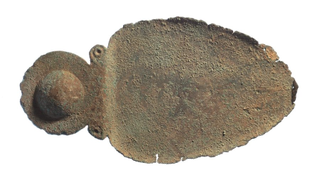
2,000-year-old spoon from Isle of Man may have been used in blood rituals for fortune telling
By Kristina Killgrove published
A mysterious bronze spoon unearthed on the Isle of Man is rare evidence of ancient ritual in Europe.
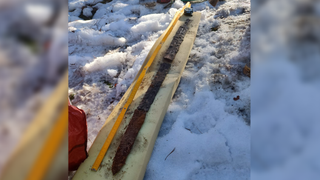
Shattered 1,800-year-old sword was 'ritually sacrificed' and may be from Vandal warrior's grave
By Kristina Killgrove published
A metal sword broken into three pieces may be evidence of a Germanic warrior's burial from the Roman Empire.
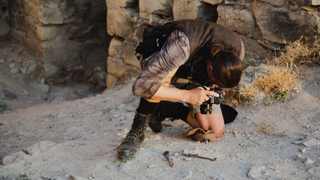
What should you do if you find a cool artifact in the US?
By Kristina Killgrove published
Spotting artifacts in the U.S. is common, but archaeologists want you to leave them in place.

Mummy quiz: Can you unwrap these ancient Egyptian mysteries?
By Kristina Killgrove published
Do you know a lot about the ancient Egyptian dead, or do you need to ask your mummy?
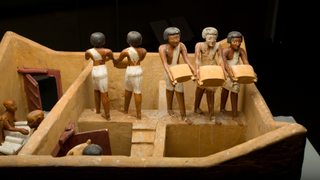
Ancient Egyptian 'granary with scribes' diorama: A miniature workplace found buried in a tomb from the Middle Kingdom
By Kristina Killgrove published
A small, wooden diorama found in an ancient Egyptian tomb reflects the importance of grain in an agricultural society.

When were birthday parties invented?
By Kristina Killgrove published
Although many researchers assume that birthday celebrations date back to the ancient Egyptians, the earliest textual evidence of a birthday party proves these annual events are much older.
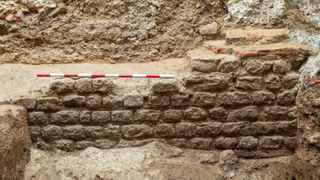
2,000-year-old remains of London's oldest Roman basilica discovered under office building
By Kristina Killgrove published
Remains of a civic basilica give archaeologists clues to what the original layout of Roman London looked like.
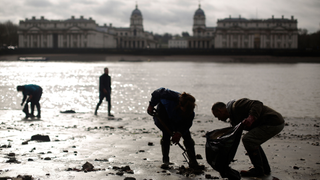
People have been dumping corpses into the Thames since at least the Bronze Age, study finds
By Kristina Killgrove published
A new study of human remains dredged from the Thames River reveals that people frequently deposited corpses there in the Bronze and Iron ages.
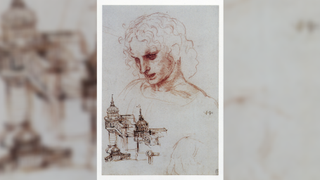
Mysterious tunnels sketched by Leonardo da Vinci in 1495 may finally have been discovered — hidden under a castle in Milan
By Kristina Killgrove published
Researchers may have found the hidden tunnels beneath a castle in Milan that Leonardo da Vinci sketched in 1495.
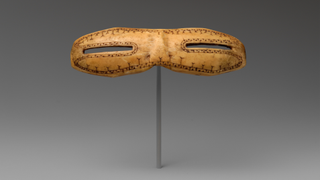
Thule snow goggles: 1,000-year-old Arctic eyewear carved from walrus tusks
By Kristina Killgrove published
These carved snow goggles were a necessary accessory for Arctic existence centuries ago.
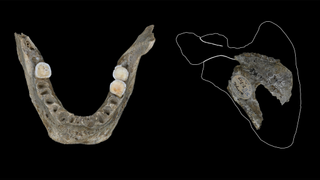
Ancient Europeans ate the brains of their dead enemies 18,000 years ago, researchers discover
By Kristina Killgrove published
A study of skeletons from a cave in Poland has revealed widespread evidence of cut marks and fractures suggestive of cannibalism.
Get the world’s most fascinating discoveries delivered straight to your inbox.
